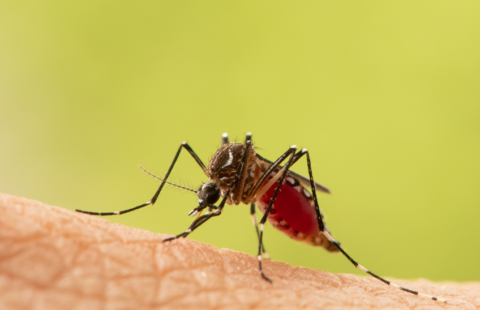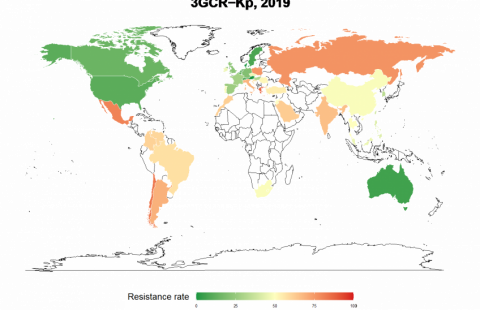Having proven effective in reducing the number of new HIV infections in men, circumcision also appears to play a role in the reduction of HIV incidence in women. These findings are from the study ANRS 12126 coordinated by Professor Bertran Auvert (Inserm U1018, Université de Versailles-Saint Quentin, Hôpital Ambroise Paré) and conducted in the township of Orange Farm in South Africa. They will be presented as an oral communication by Kévin Jean (Inserm U1018) at the 20th International AIDS Conference organized by the International AIDS Society and held at Melbourne from 20 to 25 July 2014
The World Health Organization (WHO) and the Joint United Nations Programme on HIV/AIDS (UNAIDS) have, since 2007, recommended considering circumcision as a complementary strategy in the prevention of HIV infection in men. These recommendations are based on the study ANRS 12165, begun in 2002 in Orange Farm in South Africa by Professor Bertran Auvert (Inserm U1018, Université de Versailles-Saint Quentin, Hôpital Ambroise Paré), the results of which have been confirmed by two other trials conducted in Kenya and in Uganda. This strategy has been deployed principally in regions of South and East Africa where the rate of HIV infection by heterosexual transmission is high and the rate of circumcision is low.
In the framework of a previous study (ANRS 12126), Professor Bertran Auvert’s team has shown that circumcision seems to be well accepted by the male population when it is offered in real-life conditions. In Orange Farm, many men are willing to undergo circumcision (the rate of circumcision has increased from 12% to 53%) and the number of new infections in circumcised men has decreased (half as many new infections as in uncircumcised men). But what about women?
Kévin Jean and Bertran Auvert, together with their colleagues at the NICD/NHLS in Johannesburg, present, for the first time, on the occasion of the 20th International AIDS Conference of the International AIDS Society, the first data on the indirect effect of male circumcision on women.
In women who have intercourse only with circumcised men, circumcision appears to reduce the prevalence (proportion of people infected) and the incidence (rate of new infections) of HIV infection, and does not seem to promote risky behavior (increase in number of sexual partners, non-use of condoms).
The data are from the combination of three cross-sectional studies conducted in 2007, 2010 and 2012 among 2452 women aged 15 to 29. Blood test results, data on sexual behavior, and circumcision status of male sexual partners were recorded. First, the scientists compared the rate of HIV prevalence in women who only had circumcised sexual partners with the rate of HIV prevalence in women who had uncircumcised sexual partners. Over 30% of women reported having had sexual relations only with circumcised men. The rate of HIV prevalence in these women was 17.8%, whereas it was almost twice as high (30.4%) in women who had sexual relations with uncircumcised men.
Second, they used a mathematical model to estimate the HIV incidence rate in these two groups of women for the same period. The rate of new infections in women who only had circumcised sexual partners was 20% lower than in the other women.
These results confirm the importance of voluntary circumcision programs in national HIV/AIDS prevention programs.
The study does not stop here. It is being continued with a new survey among 3000 seronegative and circumcised adult males. Sixteen months after their inclusion in the cohort ANRS 12285, the scientists will examine their sexual behaviors (condom use, risky behavior…) and measure the number of seroconversions. This new study will determine the effect in real-life situations of a large-scale circumcision program on HIV incidence in men and, by extension, will predict the effects of the spread of the male circumcision programs that are currently under way in South Africa and in some East African countries.
These contents could be interesting :

